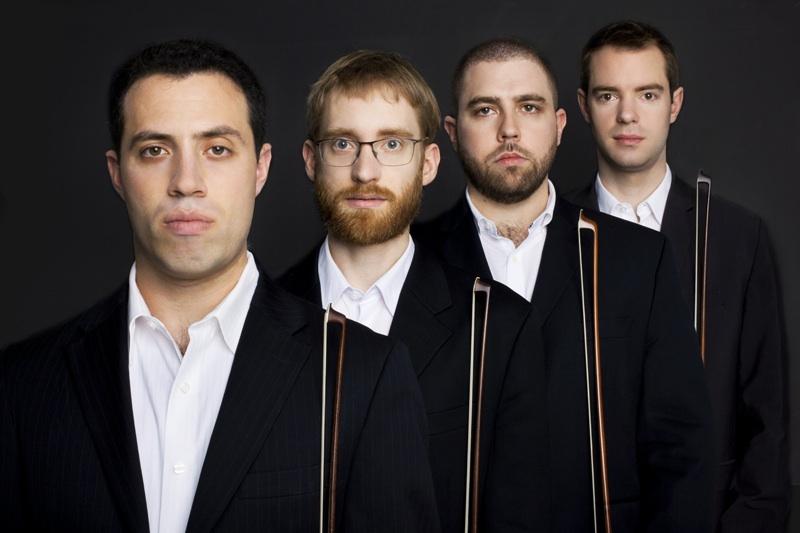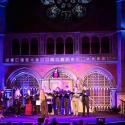The mixed grilled school of programme-making is not for the JACK Quartet. Contemporary, contemporary, and contemporary: that was the bill of fare last night at this challenging recital offered by the young American group, graduates of the Eastman School of Music, who derive their capitalised title from the initial letters of the members’ first names. Like the Arditti String Quartet, one of their mentors, you’d never find them playing Schubert. Even someone as gutsy and game-changing as Beethoven appears to be well off the menu.
A pity, in a way. For the three knotty pieces presented here proved in the end to be one too much. By the time Elliott Carter’s Quartet No 3 arrived – a piece comprised of two sets of conflicting material blithely superimposed – I felt pretty flattened and ready to gaze into space. No chance of that with Elliott.
The first piece alone, Georg Friedrich Haas’s recent Quartet No 8, took quite enough concentration. The German composer, who only shares his forenames with Handel, has been getting quite a boost recently: Simon Rattle has labelled his orchestral epic in vain “one of the first great masterpieces of the 21st century”. This heavily microtonal quartet might not be classed as the second. Yet it’s hard to deny the aural fascination of slithering around on a greasy pole, all balance lost, with string players navigating tuning intricacies far tinier than the quarter-tones once accepted as Western music’s outer limit. Sixth-tones, eighth-tones, up and up: I suspect Haas has the hearing of a dog, able to discern frequencies and other subtleties well beyond mortal ken.
You’ve got to hand it to Haas: he’s always a composer who lifts you into another world
The JACK team needed their own superhuman skills: they clearly have them. For us, enough old musical habits remained to serve as lifebelts. There were quasi-melodies, asynchronously presented. We even had the feeling of a finale, built upon the speech rhythms of a poem by Hölderlin, chugging along in spectral harmonies until all that was left was the husky scraping of bows upon un-fingered strings. You’ve got to hand it to Haas: he’s always a composer who lifts you into another world.
The musical landscape was much more familiar during the premiere of the Quartet No 3 by Simon Holt, one of the most reliably expressive composers among contemporary Brits. Six compact movements, partly sprung from material explored in sibling works gathered under the title Terrain, presented a dizzying kaleidoscope of textures, gestures and emotional registers. Number two, Wu Ping’s Nail House (I don’t have the time to explain), charged ahead like a swirling scherzo. Number four, referencing Icarus and a poem by Auden, began almost daintily, lilting, pianissimo, before intensity struck. Number five, the odd man out, kicked away vertical harmonic thinking for the scary delights of four individual lines each played at a separate tempo. But however Holt’s kaleidoscope turned, the results were always tightly-worked, pungent, and refreshing. Music of substance, this.
Music of substance followed too, with the JACK players split on either side of the stage, first violin and cello on our left, second violin and viola on the right, each team working through Carter’s mosaic with tremendous enthusiasm and presence of mind. In the 1940s the old polytonalist Darius Milhaud wrote two string quartets designed to be fused into an octet; the result had the clarity of the Amazon jungle. Carter’s ear, luckily, was much more refined, though he was working here with fewer instruments. He also helped himself and us by having each duo repeat material and textures in different combinations. The JACK Quartet’s visionary flair was another decided bonus. Tired as we were, we listened gratefully. Glad there wasn’t an encore, though.













Add comment